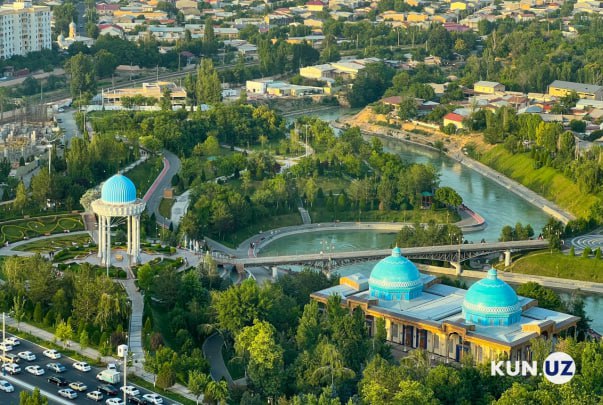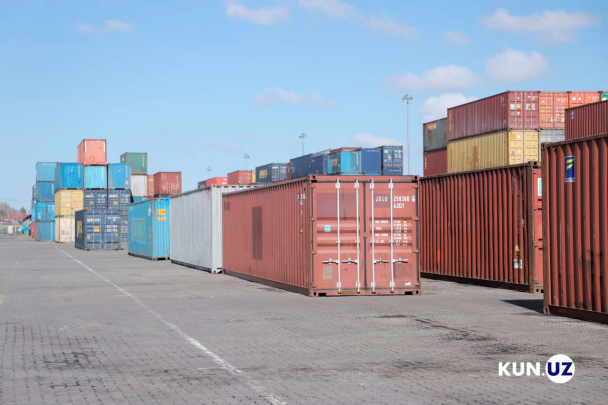According to the studies of the Institute of Macroeconomic and Territorial Studies, cities in the world develop in two main ways, that is, outward expansion - horizontal or upward growth - vertical.
There are 3 main scenarios of urban expansion. This can happen with population density decreasing, not changing or increasing. The first and second scenarios usually represent the outward expansion of the urban area. According to the 3rd scenario, the city will grow vertically and the population density will increase.
Vertical growth of cities has the following advantages:
• optimization of land use;
• reducing investments in infrastructures;
• reducing travel time within cities;
• accelerating the exchange of information and knowledge among people in one place;
• supporting more sustainable urban development.
At the same time, vertical growth requires the application of knowledge-based management models.
In Uzbekistan, the number of households (houses) increased by 6.6% in 2012-2016, and in 2017-2021, the increase was 3 times more than in the previous 5 years - 20.3%. During this period, most houses were built in Samarkand, Kashkadarya, Bukhara regions and Tashkent city.
According to the results of the analysis, in 2021-2022 the districts of Sardoba, Jondor, Peshku, Khodjaabad, Sokh and Bagdad; Vertical growth was the highest in the cities of Navoi, Jizzakh, Zarafshan, Bukhara and Andijan.
In 77 districts and cities, the share of multi-family dwellings in the total area of houses accepted for use was less than 30 percent. In Bozatov, Kegeyli, Karauzak, Buston, Yangiabad, Tomdi, Altinsoy, Mirzaabad, Saykhunabad districts and the cities of Ghazgon, Shirin and Angren, multi-family houses were not commissioned.
IMTS also analyzed the disadvantages of vertical cities. Vertical cities can present a challenge in terms of infrastructure requirements, environmental impact and liveability. For example, in most of such cities in Uzbekistan, the master plan has not been developed or completed. Unplanned allocation of land even in areas with a master plan has led to irregular constructions and this continues. In 2021, it was found that the master plan was not followed in 814 cases in the republic.
Acceleration of construction works did not affect the level of greenness. In 2022, compared to 2017, greenness decreased by 26% in Shaykhantakhur district of Tashkent, 23% in Yakkasaray, 33% in Almazar, and 18% in Mirzo Ulugbek. This situation was also found in other regions of the republic. In the central part of the city of Bukhara, the degree of greenness has decreased by 37 percent.
The scientists of the institute also studied the international studies conducted on the impact of green areas on human health and gave their suggestions and recommendations on why to preserve green areas.
According to the study, published in JAMA Network Open, the mental health of people who visit boulevards, public parks and other green spaces is confirmed. Those who visited green spaces 3-4 times a week were found to use 33 percent less mental health medication, 36 percent less blood pressure medication, and 26 percent less asthma medication than those who visited once or less.
According to a report published on Nature.com, spending 2 hours a week in nature can help reduce anxiety or depression, high blood pressure, and the risk of heart disease.
Doctors are also recommending spending more time in nature instead of certain medications. In 1998, doctors in New Zealand prescribed time to spend in green spaces, while in Japan, breathing forest air is being used as a form of ecotherapy.






